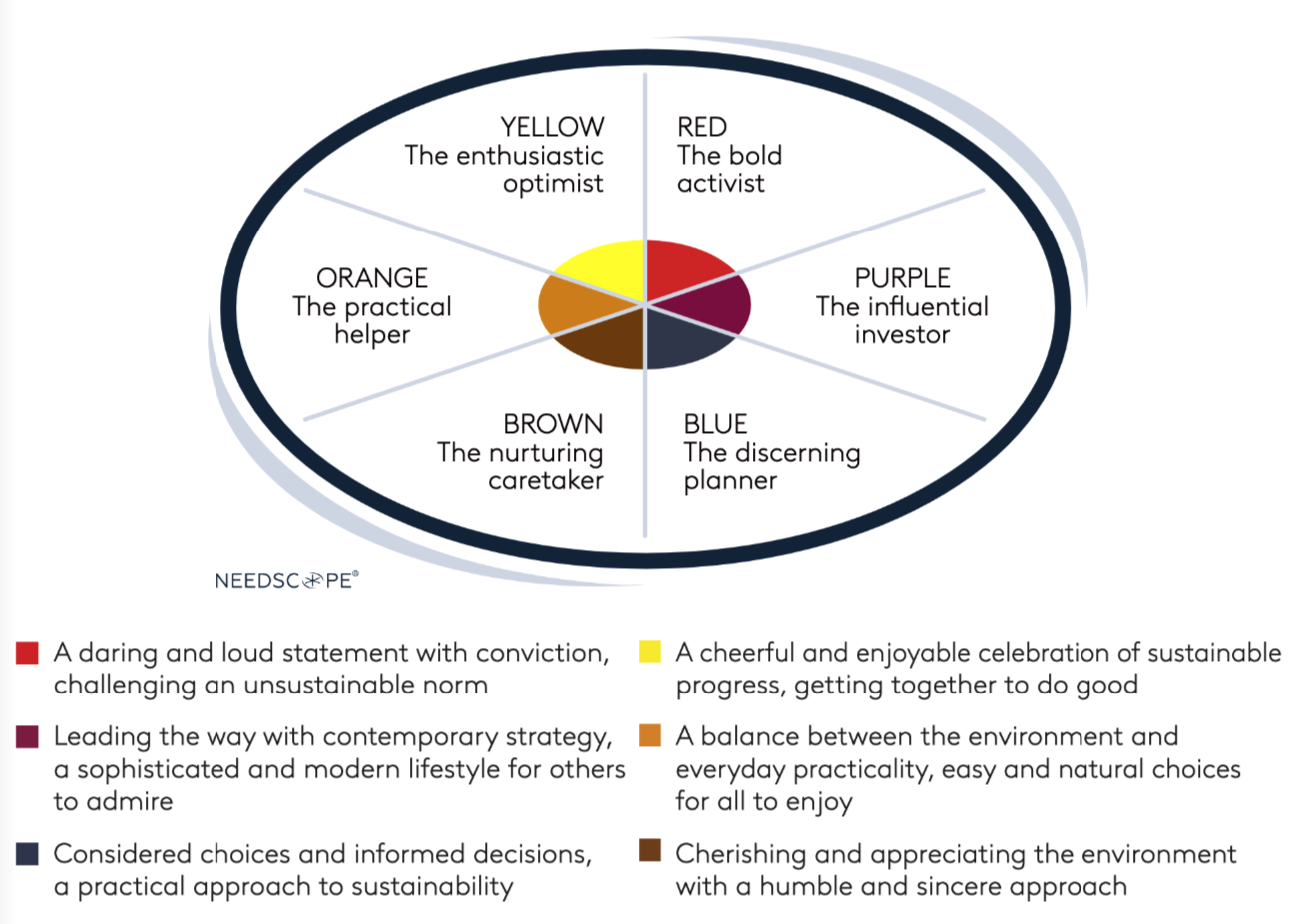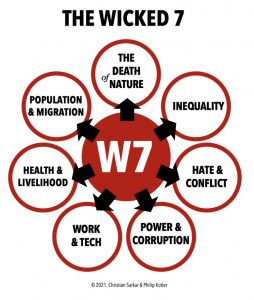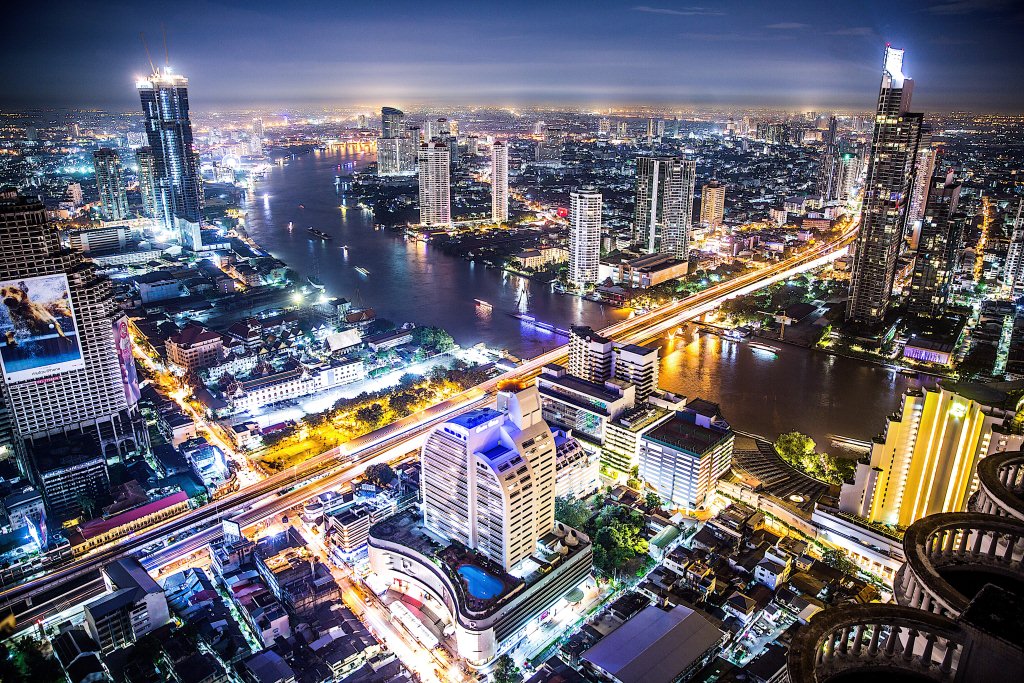Increasingly detailed information on the deep environmental and societal transformations linked to climate change and the concrete experience of its impacts are reaching citizens and raising concern. A growing segment of civil society is starting to wonder how changes in everyday life activities can contribute to a better future.
Citizens are more and more aware of their responsibilities as consumers, and making sustainable choices is commonly felt as a meaningful action.
91% of global respondents in a survey of over 24,000 adults across 19 countries on “The rise of Sustainable Media” agree that companies can help people have a positive impact on the environment through their business operations and manufacturing processes. The same percentage want brands to demonstrate they are making positive choices about the planet and environment more explicitly in everything they do. And 45% say they would consider alternative brands, companies or services which are greener or more environmentally friendly than their current choices.
This opens an unprecedented space of both responsibility and opportunity for companies.
“Early hesitation around environmental change by business leaders was often encapsulated in the phrase ‘sustainability is only sustainable in the long term if it is sustainable for the business’” reads the report by Dentsu International and Microsoft Advertising. “Whilst still true, it should probably be updated to better reflect the world today, which would be ‘sustainability is the only real way to attain long-term sustainability for the business’.”
Brand Purpose: Welcome to the Me-conomy
Sustainability is no longer a choice for businesses. “People are acutely aware that they are living in the midst of global crises affecting nearly every aspect of their lives – environmental, economic, political, societal, and health crises. All carry a huge threat to our ability to survive and thrive. As a consequence, people are having to adapt and change, and with that, what they require from brands is changing too… Welcome to the Me-conomy,” says Mark Sinnock, Global Chief Strategy and Data & Innovation Officer at Havas Group.
Havas is one of the world’s largest global communications groups, which employs more than 22,000 people in over 100 countries. What emerges from the 15th edition of their Meaningful Brand’s Global Report 2023, in which they surveyed over 91,000 people worldwide, is that acts of good for society and the planet are now expected and should no longer be seen as praiseworthy acts.
At the same time, 72% of people are tired of brands pretending they want to help society when they just want to make money and 77% think companies should be transparent about their commitments and promises.
Consumers’ expectations towards companies are higher than ever: besides expecting them to address these global challenges in a meaningful way, they also demand a more affordable access to high quality of life, and to improved health and well-being. In the “Me-conomy” the brand purpose – the reason why a brand exists, beyond making money – gets personal.
Brand Activism
“Going beyond the declaration of a brand purpose, we talk about Brand Activism when there is a greater emphasis on actions that contribute to becoming part of a process of change, also in response to customers’ pressures – who nowadays attribute even greater power to brands than to governments when it comes to pushing for societal change,” explains Prof. Vittorio Montieri. After working in the media and advertising industry, Montieri has worked as a professor of Corporate and Integrated Marketing Communications at the Universities of Padua and Milan for over two decades.
“In the last few decades, we moved from a marketing focused on functional aspects (product-oriented) to a human-centered marketing, focused on values: 3.0 marketing,” continues Montieri, who is also a member of Athena Network, an Italian inter-University center for social marketing communications.
“In the business model called Brand Activism, the achievement of economic goals is related or subordinate to the company’s commitment to causes of social, political and environmental relevance. In this perspective, we moved from ‘doing things well to working for the common good’. The growing attention on the concept of Brand Activism came with the publication of the book ‘Brand activism. From Purpose to Action’ by Philip Kotler and Christian Sarkar. Authors identify climate collapse as the first of the ‘Wicked 7’, the most urgent systemic problems that the world has to face. One of the criticalities of Brand Activism is that some topics at its core can fuel debate and divisiveness. This is not the case with the climate change issue anymore, which has reached wide consensus.”
In this context, it is clear that companies that are able to move from a marketing-driven perspective to a society-driven one from an environmental point are presented with a series of big opportunities. As already highlighted in the concept of ‘shared value’ by Michael Porter and Mark Kramer in 2011, companies can move beyond corporate social responsibility and gain competitive advantage by including social and environmental considerations in their strategies. And this is true now more than ever, since 77% of people globally claim that they only want to be spending money with brands who practice green and sustainable advertising within the next five years.
The case of Patagonia is maybe the most successful example of brand activism, thanks to a series of coherent and concrete actions focused on climate change, from donations to specific projects to more sustainable production choices, to the realization of contents and information to raise public awareness on environmental-related topics.
What activist?
On the brand side, the decision of how to apply environmental activism is not a choice to be made overnight. As defined by Needscope – Kantar in their Sustainability – Taking responsibility in 2019, environmental action can be defined by different dynamics, which can be expressed in a range of environmental approaches (fig. 2). There is a deep study that allows the brand to have consistent sustainability contents and behaviours, and thus address certain segments of the population sensitive to the issue.

For the bold activist, environmental consciousness is about being impulsive and making a big impact. Brands in this space deal with environmental sustainability through powerful actions and dynamic statements. The sophisticated and modern sustainable living gives the influential investor prestige and admiration. Brands in this space allow to show status and prestige to influence others. Brands that target the discerning planners offer information to make choices that are informed and calculated in order to be environmentally sustainable. For nurturing caretakers it is about getting back to basics, living sustainably and caring for the environment. Practical helper brands offer practical choices and easy options that are naturally feasible for everyday life. Finally, enthusiastic optimists get everyone involved through energy, fun and spirit.
Beyond greenwashing
Only if they apply transparency and authenticity can companies demonstrate that they are going beyond greenwashing and responding to their customers’ needs of expressing environmental and climate concerns through their consumption choices.
Besides their contribution through the reduction of the carbon footprint of their operations and products, there are many ways to make marketing itself more sustainable. As part of the series Climate Solutions at Work, which includes information for employees looking to help shift companies beyond net zero, the Drawdown Project offers a checklist for marketing professionals to make sure their job is a climate job.
Moreover, agencies, brands and media companies, have a big brainprint, meaning that through their narratives and storytel they can contribute to bringing awareness, educating and informing people, beside influencing their consumption and behaviours.







